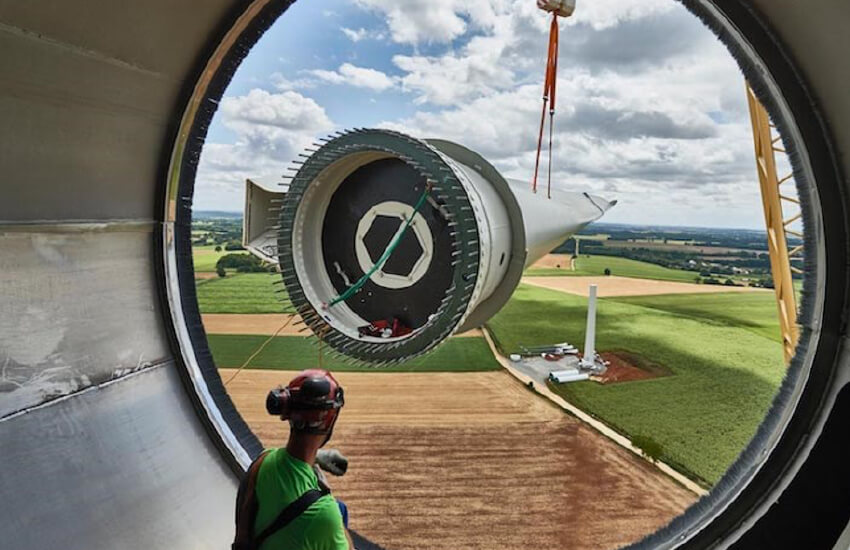Global wind energy capacity increased by over 60 GW in 2019, making it the second highest year for new installations, according to a new report from the Global Wind Energy Council (GWEC).
GWEC’s 15th edition of the ‘Global Wind Report’ said year-on-year growth in 2019 was 19%, with 60.4GW installed.
The main driver of growth was market-based mechanisms, with auctioned wind capacity in 2019 more than doubling on 2018 to over 40 GW worldwide, the council said.
Most of the new capacity was in established markets, with the top five – comprising China, US, UK, India and Spain – accounting for 70%. In terms of cumulative installations, China, US, Germany, India and Spain remain the top markets, making up 73% of the total 651GW of capacity across the world.
Asia Pacific was the global leader for new onshore wind installations in 2019, installing 28.1 GW.
Europe saw 30% year-on-year onshore wind growth, despite a slump in Germany, driven by strong growth in Spain, Sweden and Greece, the report said.
Emerging markets in Africa, the Middle East, Latin America and South-East Asia showed moderate growth in 2019, with combined installations of 4.5 GW.
Last year was a record year for offshore wind with 6.1 GW installed.
The sector now accounts for 10% (29.1GW) of total wind installations globally, GWEC said.
Growth was led by China, which remains in the number-one position for new offshore capacity with 2.3 GW installed. The UK remains in the top spot in terms of cumulative capacity with 9.7 GW.
GWEC said over 355 GW of on- and offshore capacity will be added over the next five years, an average of about 71 GW a year to the end of 2024, with offshore expanding its share to 20% by that time.
The report noted that its forecast will “undoubtedly be impacted by the ongoing COVID-19 pandemic, due to disruptions to global supply chains and project execution in 2020”.
But GWEC added that it is “too soon to predict the extent of the virus’s impact on the wider global economy and energy markets”. It will publish an updated market outlook for 2020-2024 in the second quarter of 2020.
GWEC chief executive Ben Backwell said: “The wind energy sector is continuing to see consistent growth, after having unequivocally established itself as a cost-competitive energy source worldwide.
“Established market players such as China and the US accounted for nearly 60% of new installations, however, we see emerging markets in regions such as South East Asia, Latin America and Africa playing an increasingly important role in the years to come, while offshore wind is also becoming a significant growth driver.
“Nevertheless, we are still not where we need to be when it comes to the global energy transition and meeting our climate goals.
“If we are to have any chance at reaching our Paris Agreement objectives and remaining on a 1.5°C pathway, we need to be installing at least 100GW of wind energy annually over the next decade, and this needs to rise to 200 GW annually post-2030 and beyond.
“To do this, we need to look past competitive LCOE alone, and ensure that regulation and market design is fit for purpose to support an accelerated rate of wind power installations.
“This will mean stronger measures to push incumbent fossil fuels off the grid and a shake-up of administrative structures and regulation to ensure we can go out and build.”

